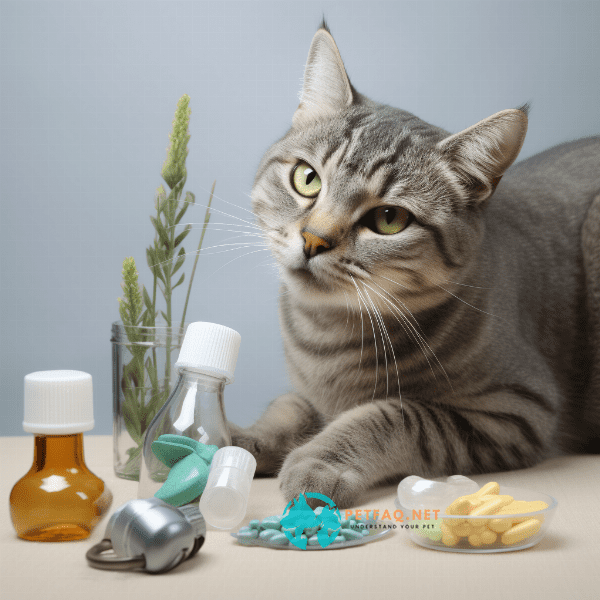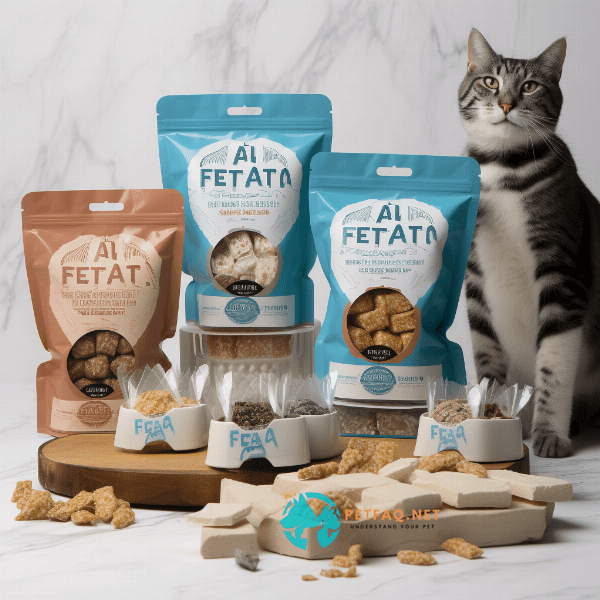Table of Contents
- Introduction to Cat Mouth Disease
- Symptoms of Feline Oral Health Issues
- Causes and Risk Factors for Cat Mouth Disease
- Common Types of Feline Oral Health Conditions
- Diagnosis and Treatment of Cat Mouth Disease
- Prevention and Maintenance of Feline Oral Health
- Dental Care for Cats: Best Practices and Tips
- Nutrition and Cat Mouth Disease
- Importance of Regular Veterinary Checkups
- Conclusion and Final Thoughts on Feline Oral Health
Introduction to Cat Mouth Disease
As a cat owner, it’s essential to understand that your feline friend’s oral health plays a crucial role in their overall wellbeing. Cats are prone to a variety of dental problems, including gum disease, tooth decay, and oral infections. Collectively, these conditions are referred to as “Cat mouth disease.”
What is Cat Mouth Disease?
Cat mouth disease is an umbrella term that encompasses a range of oral health conditions that affect cats. These can include gingivitis, periodontitis, stomatitis, and tooth resorption. These conditions can be painful and may cause your cat to experience difficulty eating, grooming, and even breathing in severe cases.
The Importance of Feline Oral Health
Feline oral health is a critical component of your cat’s overall health and wellbeing. Poor oral health in cats can lead to pain, discomfort, and even tooth loss. Furthermore, bacteria from dental infections can enter the bloodstream and cause systemic health problems in your cat’s organs, including the heart, kidneys, and liver.
Signs and Symptoms of Cat Mouth Disease
Cats are known for their ability to hide pain and discomfort, making it challenging to detect oral health issues. However, there are some signs and symptoms to look out for, such as bad breath, difficulty eating or chewing, drooling, swollen or bleeding gums, and pawing at the mouth. If you notice any of these symptoms in your cat, it’s crucial to seek veterinary care promptly.
In the following sections, we’ll explore the causes and risk factors of cat mouth disease, common types of feline oral health conditions, and diagnosis and treatment options available for your feline friend. Understanding these topics will help you take better care of your cat’s oral health and prevent cat mouth disease from impacting their overall health and wellbeing.
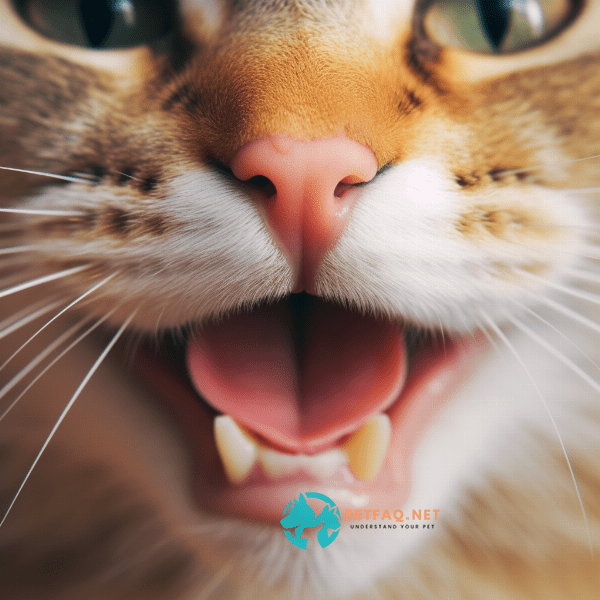
Symptoms of Feline Oral Health Issues
Cats are masters of hiding their pain and discomfort, making it difficult to detect oral health issues. However, several signs and symptoms can indicate cat mouth disease. Being aware of these symptoms can help you seek prompt veterinary care for your feline friend.
Bad Breath
One of the most common signs of cat mouth disease is bad breath or halitosis. While it’s normal for your cat’s breath to have a slight odor, persistent foul breath can be a sign of oral health issues. Bacteria in the mouth cause bad breath, and if left untreated, can lead to more severe dental problems.
Difficulty Eating or Chewing
Cats with oral health issues may have difficulty eating or chewing their food. This may be due to pain in their mouth or difficulty grasping and chewing food. If your cat seems to be struggling to eat, it’s important to have them examined by a veterinarian promptly.
Drooling
Excessive drooling or hypersalivation can be another sign of cat mouth disease. While some cats may drool occasionally, excessive drooling can be a sign of pain or discomfort in the mouth. If your cat is drooling excessively, it’s important to have them examined by a veterinarian to determine the underlying cause.
Swollen or Bleeding Gums
Healthy cat gums should be pink and firm. If your cat’s gums are swollen, red, or bleeding, it may be a sign of gum disease or other oral health issues. Left untreated, these conditions can cause pain and discomfort and lead to tooth loss.
Pawing at the Mouth
If your cat is pawing at their mouth, it may be a sign of oral pain or discomfort. While cats may occasionally scratch their faces or mouths, persistent pawing at the mouth is a red flag and should prompt a veterinary examination.
In summary, recognizing the signs and symptoms of cat mouth disease is essential for maintaining your feline friend’s oral health. If you notice any of these symptoms, seek veterinary care promptly to ensure your cat receives the proper diagnosis and treatment for their oral health issues.
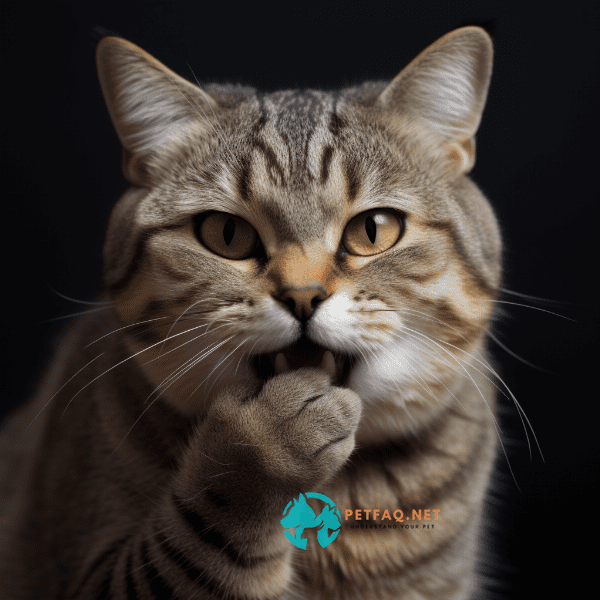
Causes and Risk Factors for Cat Mouth Disease
Cat mouth disease can be caused by various factors and conditions that affect your cat’s oral health. Understanding the underlying causes and risk factors can help you take preventative measures to maintain your cat’s oral health.
Dental Plaque and Tartar Buildup
One of the primary causes of cat mouth disease is the buildup of dental plaque and tartar on the teeth. When bacteria in the mouth combine with food particles and saliva, they form a sticky film on the teeth called plaque. Over time, if not removed, plaque can harden into tartar, which can cause gum irritation and inflammation.
Gum Disease
Gum disease, also known as periodontal disease, is a common cause of cat mouth disease. Gum disease occurs when plaque and tartar buildup on the teeth, causing inflammation and infection in the gums. If left untreated, gum disease can cause tooth loss and can even spread to other parts of the body.
Risk Factors for Cat Mouth Disease
Several factors can increase your cat’s risk of developing oral health issues, including age, diet, and genetics. Older cats are more prone to dental issues than younger cats, and cats that consume a diet high in carbohydrates or lack proper dental care are also at increased risk. Additionally, some cat breeds, such as Persians and Siamese, are more prone to dental issues than others.
In conclusion, cat mouth disease can be caused by various factors, including dental plaque and tartar buildup, gum disease, stomatitis, and tooth resorption. Understanding the risk factors and underlying causes can help you take preventative measures to maintain your cat’s oral health and prevent the onset of cat mouth disease.
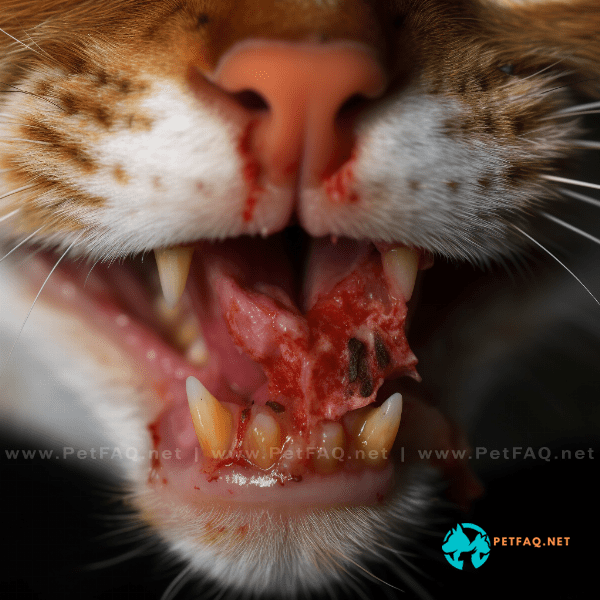
Common Types of Feline Oral Health Conditions
Cat mouth disease can manifest in various ways, with each condition having its unique set of symptoms and treatment options. In this section, we’ll explore some of the most common types of feline oral health conditions.
Gingivitis
Gingivitis is a common form of gum disease that affects cats. It occurs when bacteria in the mouth combine with food particles and saliva, forming a sticky film on the teeth called plaque. If not removed, plaque can harden into tartar, leading to inflammation and infection in the gums.
Periodontitis
Periodontitis is an advanced form of gum disease that affects the tissues and structures supporting the teeth. It occurs when the bacteria in the mouth cause inflammation and infection in the gums, leading to the breakdown of the supporting structures around the teeth. This condition can cause tooth loss and other health issues if left untreated.
Stomatitis
Stomatitis is a severe inflammation of the mouth that can cause pain and discomfort for cats. This condition can be caused by a variety of factors, including dental disease, viruses, and bacteria.
Tooth Resorption
Tooth resorption is a painful condition that occurs when the structures that hold the tooth in place break down, causing the tooth to become loose and painful. While the exact cause of tooth resorption is unknown, it’s believed to be related to a combination of genetics and immune system function.
Oral Tumors
Oral tumors are abnormal growths that can occur in the mouth, including the gums, tongue, and jaw. While some oral tumors may be benign, others can be cancerous and can spread to other parts of the body if not treated promptly.
Malocclusions
Malocclusions are abnormalities in the alignment of the teeth and jaws, causing difficulty in eating and drinking, and can lead to dental issues such as periodontal disease.
In summary, feline oral health conditions can vary in severity, ranging from mild gingivitis to severe periodontitis, stomatitis, and even oral tumors. Being aware of the signs and symptoms of these conditions can help you seek prompt veterinary care and treatment to maintain your cat’s oral health and prevent cat mouth disease.
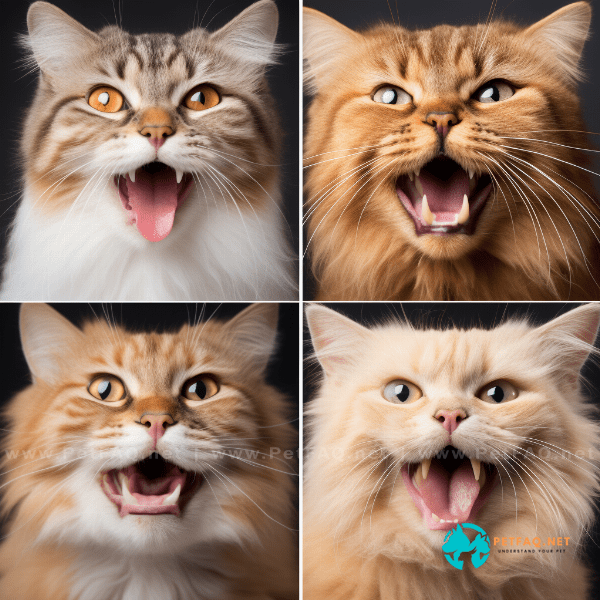
Diagnosis and Treatment of Cat Mouth Disease
Diagnosing and treating cat mouth disease promptly is essential for maintaining your cat’s oral health and overall wellbeing. In this section, we’ll explore the diagnosis and treatment options available for cat mouth disease.
Diagnosis
Diagnosing cat mouth disease requires a comprehensive oral examination performed by a veterinarian. During the exam, the veterinarian will assess the teeth, gums, and oral tissues for signs of inflammation, infection, or other abnormalities. In some cases, x-rays or other diagnostic tests may be needed to evaluate the extent of the dental disease.
Treatment
The treatment for cat mouth disease depends on the underlying condition and severity of the disease. Mild cases of cat mouth disease, such as gingivitis, can often be treated with a professional dental cleaning, where the veterinarian will remove plaque and tartar buildup from the teeth and gums.
For more severe cases, such as periodontitis or stomatitis, more aggressive treatment may be required. This may include a combination of professional dental cleanings, antibiotics, and anti-inflammatory medications. In some cases, surgery may be necessary to remove infected or damaged teeth.
Preventative Measures
Preventing cat mouth disease is crucial for maintaining your cat’s oral health. Regular dental check-ups and cleanings can help prevent the buildup of plaque and tartar, reducing the risk of gum disease and other oral health issues. Additionally, providing your cat with a healthy diet and encouraging them to chew on dental treats or toys can help keep their teeth and gums healthy.
In conclusion, diagnosing and treating cat mouth disease promptly is essential for maintaining your cat’s oral health and overall wellbeing. Regular dental check-ups, cleanings, and preventative measures can help reduce the risk of cat mouth disease and ensure your feline friend has a healthy and happy life.
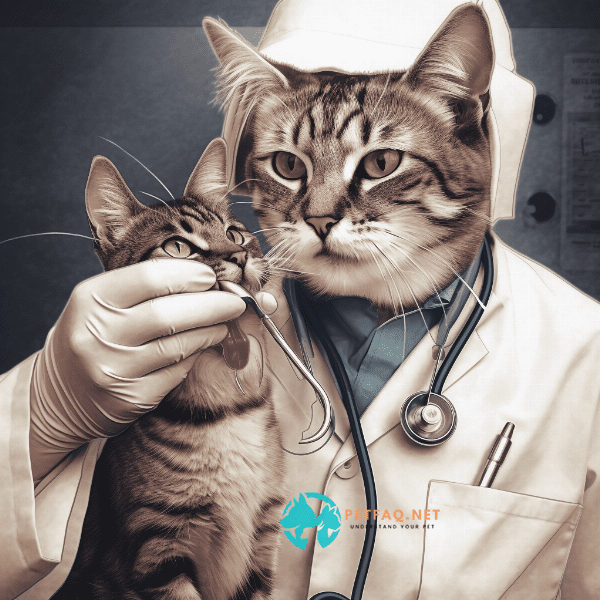
Prevention and Maintenance of Feline Oral Health
Dental Care
Proper dental care is crucial for preventing cat mouth disease. Regular dental check-ups and professional cleanings can help remove plaque and tartar buildup from the teeth and gums, reducing the risk of gum disease and other oral health issues. Additionally, brushing your cat’s teeth regularly with a toothbrush and toothpaste designed for cats can help prevent the buildup of plaque and tartar.
Environmental Enrichment
Environmental enrichment, such as providing your cat with scratching posts, toys, and playtime, can help reduce stress and anxiety in cats, which can contribute to oral health issues. Additionally, providing your cat with clean and fresh water can help keep their oral tissues healthy and reduce the risk of oral infections.
Veterinary Check-Ups
Regular veterinary check-ups are crucial for maintaining your cat’s oral health. During these check-ups, your veterinarian can evaluate your cat’s oral health and identify any signs of dental disease or other oral health issues. Additionally, they can provide recommendations for preventative care and dental maintenance based on your cat’s specific needs.
In conclusion, preventing cat mouth disease through proper dental care, a healthy diet, environmental enrichment, and regular veterinary check-ups is essential for maintaining your cat’s oral health and overall wellbeing. By following these preventative measures and maintenance tips, you can help ensure that your feline friend has a healthy and happy life.
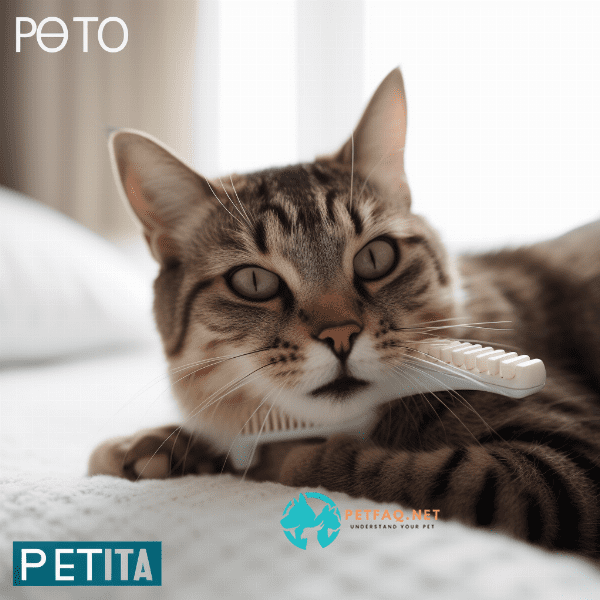
Dental Care for Cats: Best Practices and Tips
Proper dental care is essential for maintaining your cat’s oral health and preventing cat mouth disease. In this section, we’ll explore some best practices and tips for dental care for cats.
Brushing Your Cat’s Teeth
Brushing your cat’s teeth regularly is one of the best ways to prevent cat mouth disease. To start, introduce your cat to the toothbrush and toothpaste gradually, using a soft-bristled toothbrush and toothpaste designed specifically for cats. Brush your cat’s teeth gently in a circular motion, focusing on the outside of the teeth, where plaque and tartar tend to build up.
Providing Dental Chews and Toys
Dental chews and toys can also help prevent cat mouth disease by promoting chewing and reducing plaque and tartar buildup on the teeth. Look for chews and toys designed specifically for cats, and avoid those with added sugars or other unhealthy ingredients.
Healthy Diet
Feeding your cat a healthy diet is crucial for maintaining their oral health. A diet high in protein and low in carbohydrates can help prevent the buildup of plaque and tartar on their teeth. Additionally, avoiding sugary treats and providing your cat with dental chews or toys can help keep their teeth and gums healthy.
Signs of Dental Disease
Being aware of the signs of dental disease can help you seek prompt veterinary care and prevent the onset of cat mouth disease. Signs of dental disease in cats include bad breath, difficulty eating or chewing, drooling, swollen or bleeding gums, and pawing at the mouth.
In conclusion, proper dental care is essential for maintaining your cat’s oral health and preventing cat mouth disease. By brushing your cat’s teeth regularly, providing dental chews and toys, scheduling regular veterinary check-ups, feeding your cat a healthy diet, and being aware of the signs of dental disease, you can help ensure that your feline friend has healthy teeth and gums.
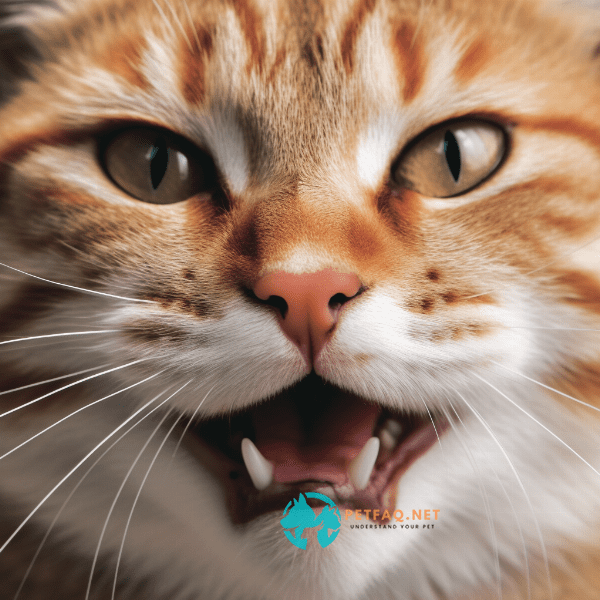
Nutrition and Cat Mouth Disease
Feeding your cat a healthy diet is essential for maintaining their oral health and preventing cat mouth disease. In this section, we’ll explore the relationship between nutrition and cat mouth disease.
The Importance of Water
Providing your cat with clean and fresh water is essential for maintaining their oral health. Dehydration can cause dry mouth and reduce the production of saliva, which can lead to the buildup of plaque and tartar on the teeth. Additionally, water can help flush food particles and bacteria from the mouth, reducing the risk of oral infections.
Feeding Your Cat a Healthy Diet
Feeding your cat a healthy and balanced diet can help prevent cat mouth disease and other health issues. Look for high-quality cat food that meets your cat’s specific nutritional needs and is free from artificial preservatives and additives. Additionally, avoid feeding your cat sugary treats and human foods that can be harmful to their oral health.
Supplements and Treats
Supplements and treats can also play a role in maintaining your cat’s oral health. Look for supplements and treats specifically designed to promote healthy teeth and gums, such as those containing enzymes that help break down plaque and tartar. However, it’s essential to consult with your veterinarian before giving your cat any supplements or treats to ensure they are safe and appropriate for your cat’s specific needs.
In conclusion, proper nutrition is crucial for maintaining your cat’s oral health and preventing cat mouth disease. Feeding your cat a healthy diet, providing them with clean and fresh water, and offering dental chews and treats can help keep their teeth and gums healthy. Additionally, consulting with your veterinarian and being aware of the signs of dental disease can help you seek prompt veterinary care and maintain your cat’s oral health.
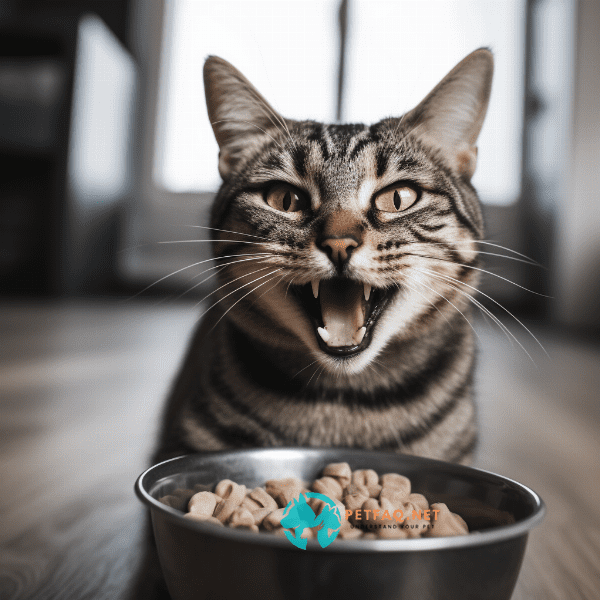
Importance of Regular Veterinary Checkups
Early Detection of Dental Issues
Regular veterinary checkups allow your veterinarian to detect dental issues early, before they progress into more severe and potentially life-threatening conditions. During these checkups, your veterinarian can perform a comprehensive oral examination and identify any signs of dental disease, such as tartar buildup, gingivitis, or periodontitis.
Preventative Care and Treatment
In addition to early detection, regular veterinary checkups also allow your veterinarian to provide preventative care and treatment for your cat’s oral health. Depending on your cat’s specific needs, your veterinarian may recommend regular dental cleanings, dietary changes, or other preventative measures to help maintain their oral health and prevent the onset of cat mouth disease.
Tailored Treatment Plans
Regular veterinary checkups also allow your veterinarian to develop tailored treatment plans for your cat’s specific needs. Depending on the extent of their dental issues, your veterinarian may recommend a combination of treatments, such as antibiotics, anti-inflammatory medications, or even surgery, to help restore your cat’s oral health.
Monitoring Overall Health
Regular veterinary checkups also allow your veterinarian to monitor your cat’s overall health and wellbeing, ensuring they are healthy and happy. During these checkups, your veterinarian can perform a comprehensive physical examination and identify any signs of other health issues, such as infections, heart disease, or cancer.
In conclusion, regular veterinary checkups are essential for maintaining your cat’s oral health and preventing cat mouth disease. By allowing your veterinarian to perform a comprehensive oral examination, provide preventative care and treatment, and monitor your cat’s overall health, you can help ensure that your feline friend has a healthy and happy life.
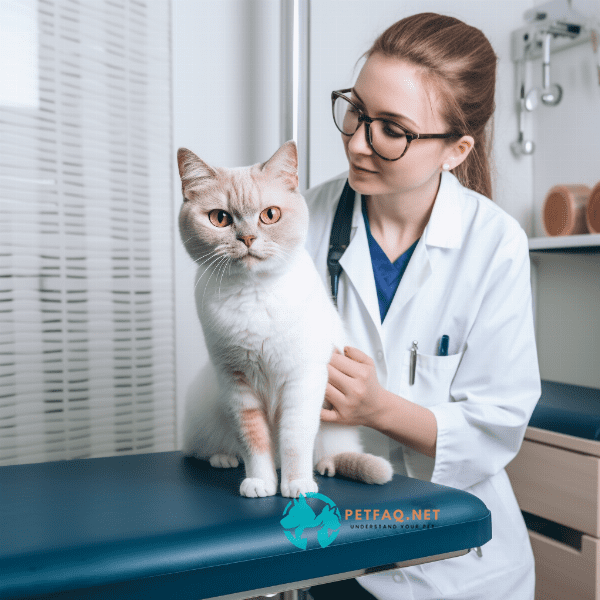
Conclusion and Final Thoughts on Feline Oral Health
Maintaining your cat’s oral health is essential for their overall wellbeing and preventing cat mouth disease. In this article, we’ve explored the various aspects of feline oral health, including the symptoms, causes, treatment, and prevention of cat mouth disease.
Importance of Dental Care
Proper dental care, including regular dental checkups, professional cleanings, and brushing your cat’s teeth, is essential for preventing cat mouth disease and maintaining your cat’s oral health.
Role of Nutrition
Feeding your cat a healthy and balanced diet and providing them with clean and fresh water is also crucial for maintaining their oral health and preventing the buildup of plaque and tartar on their teeth.
Regular Veterinary Checkups
Regular veterinary checkups are essential for maintaining your cat’s oral health, allowing your veterinarian to detect dental issues early and provide preventative care and treatment tailored to your cat’s specific needs.
By following these best practices and tips for feline oral health, you can help ensure that your feline friend has healthy teeth and gums and a happy and healthy life.
In conclusion, maintaining your cat’s oral health is crucial for their overall wellbeing and preventing cat mouth disease. By providing proper dental care, nutrition, and regular veterinary checkups, you can help ensure that your feline friend has healthy teeth and gums and a happy and healthy life.
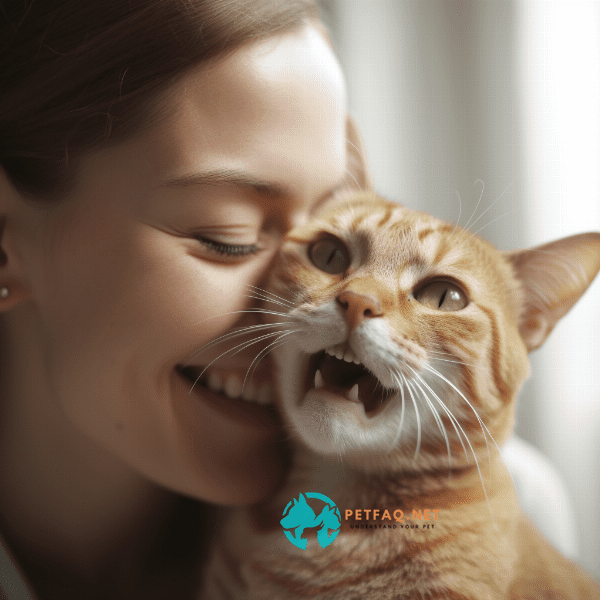
Frequently Asked Questions (FAQs) about cat mouth disease:
1. What is the treatment for cat mouth disease?2. Is there a vaccine for cat mouth disease?
3. Are there any long-term effects of cat mouth disease on a cat's health?
4. What is the incubation period for cat mouth disease?
5. Can other animals get cat mouth disease?


